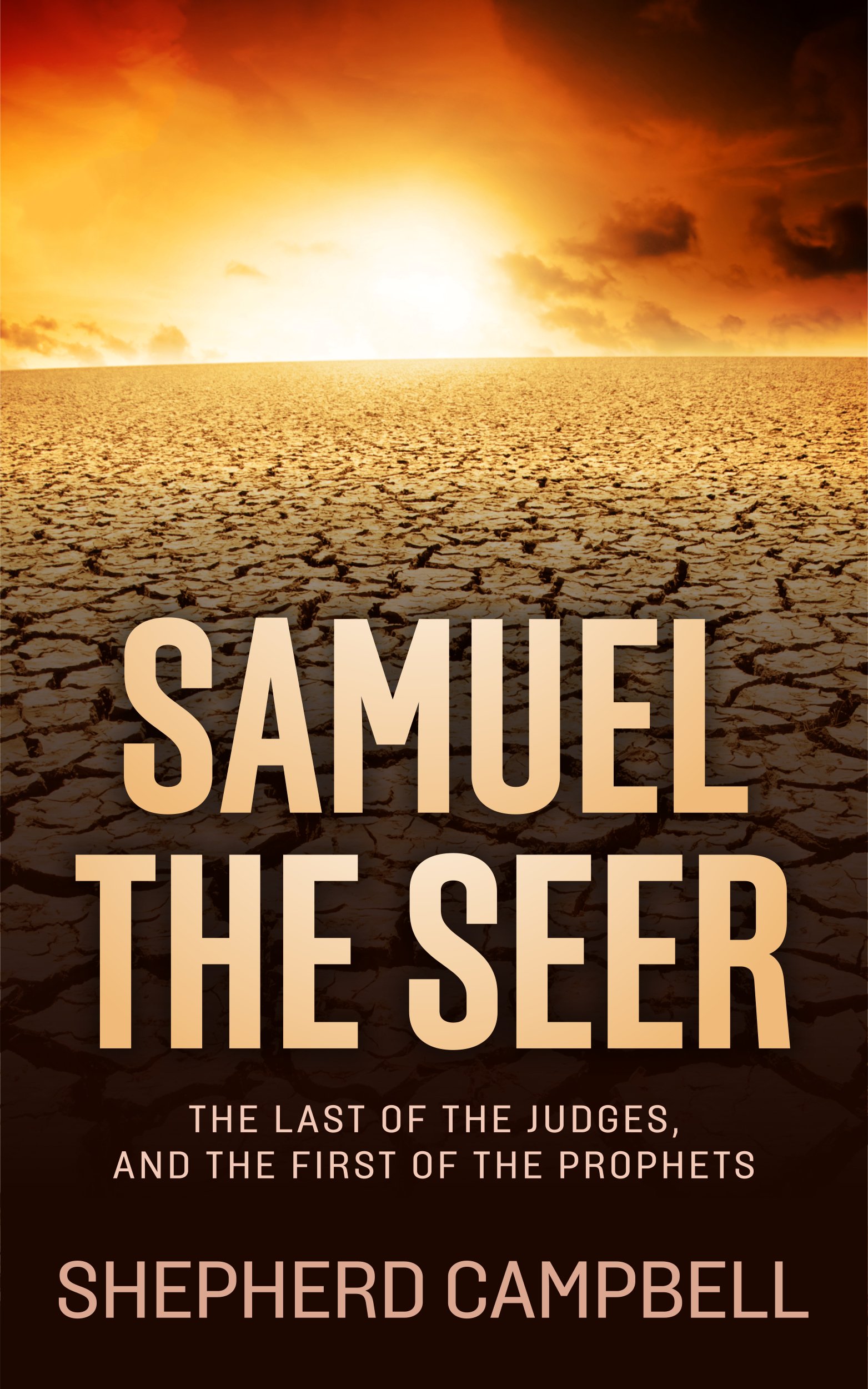VISIT OUR FACEBOOK PAGE!
The Garden of Eden is "buried" under Noah's Flood?
by Walter R. Mattfeld
(Millbury, MA)
Some Liberal PhD scholars understand that the Garden of Eden and Noah's Flood are myths. They do acknowledge that behind myths there are usually real events, however and seek to uncover these real events via archaeological investigations.
A common Christian Apologist claim is that Noah's Flood buried the Garden of Eden from view under tons of flood sediments, and erased its original river system by which it could be found. Thus it will never be found by man.
The problem with such Christian Apologist claims?
The Bible's internal chronology derived from the the ages of men from Adam to Jesus suggests for some bible scholars the world was created either circa 6000 BC (some Catholics), or 4000 BC (some Protestants). Thus the Garden of Eden is no earlier. These scholars also tend to date Noah's Flood to circa 2900 BC or 2340 BC.
Geologists and Archaeologists dispute these biblical scholar's claims.
Planet Earth is much older than 6,000 BC or 4,000 BC, its 4 billion years old and the Universe is 14 billion years old.
Geologists have found no evidence of a universal flood circa 3,000 BC to 2,000 BC anywhere on planet Earth, ergo, Eden was not buried up with its river system.
Archaeologists have found villages in the Middle East (Egypt, Palestine, Syria, Iraq) that date as early as 10,000 BC and no evidence exists that they were ever buried in a universal flood sediment circa 3,000 - 2,000 BC as suggested in the Bible.
Mesopotamian cuneiform clay tablets preserve a story of a flood similar in details to Noah's Flood. The flood hero is living at the city of Shuruppak (in ancient Sumer, modern Iraq) when told by his god to build a big boat to preserve the "seed of man and animal" to repopulate the earth after the flood, he does so.
Shuruppak was identified and excavated in 1931, archaeologists found only _one_ flood deposit dated to circa 2900 or 2700 BC. It consisted of 2 feet of silt from a flooding Euphrates river the city was located on. This silt, however, did not cover all over ancient Sumer (Lower Mesopotamia) nor did it cover the mountain tops of the world, causing the archaeologists to realize the Mesopotamian account of a universal flood was a myth or tall tale.
Because the Mesopotamian account is older than the Bible account and shares many motifs and details, archaeologists realized that Noah's flood was a myth, a later recasting of the earlier Mesopotamian Shurrupak flood myth.
In other words the Hebrews had accepted as true the Mesopotamian flood account and had merely recast some of its details.
The archaeological findings at Shuruppak found in 1931 are still _suppressed_ by devout Christian Scholarship to this day in Christian Seminaries, Colleges, and Universities, not wanting their congregations to realize that Noah's Flood is a later recast of a mythical flood at Shuruppak circa 2900-2700 BC.
In the Mesopotamian myths the gods created cities to live in for themselves and planted gardens with fruit trees to provide food for themselves. Tiring of the work, they later create man to be their agricultural slave, he will care for the gods' city-gardens in the Edin/Eden on the gods' behalf, freeing them of the back-breaking labor and feed the gods the produce from Edin's city-gardens. Thus Shuruppak, a city on the Euphrates, has a god's garden, and this city and its garden were located in the Edin/Edin, and this Edenic garden came to be buried in the flood sediment of the Euphrates river circa 2900/2700 BC.
Shuruppak (modern Tell Fara) is located in the Lower Mesopotamian Flood Plain (The Euphrates floods the area even today). In antiquity this plain was called by the Sumerians EDIN/EDEN.
So, YES, in a sense, a god's garden in EDIN/EDEN was buried under a flood deposit made by a flooding Euphrates river at Shuruppak, where a god (Ea) warned a man (Atrakhasis)to build a great boat and stock it with the "seed of man and animal" for a post flood re-establishment of life. For all the details of what archaeologists found on the gods' gardens of Eden (Edin) and Shurrupak's Flood visit www.bibleorigins.net
Comments for The Garden of Eden is "buried" under Noah's Flood?
|
||
|
||
|
||
|
||
SAMUEL the SEER
Now Available in Print & eBook on Amazon!!
POPULAR TOPICS
Learn more about these popular topics below. The Bible is full of fascinating stories, characters and mysteries!
BIBLE MAPS
Explore the land of the Old Testament! View these maps of the Bible.

